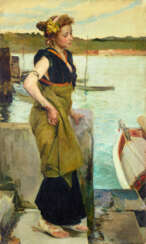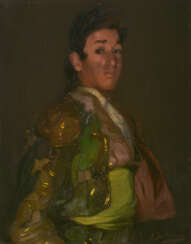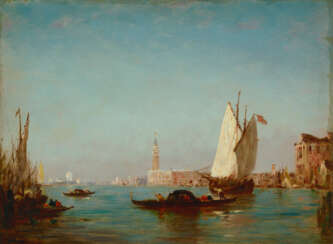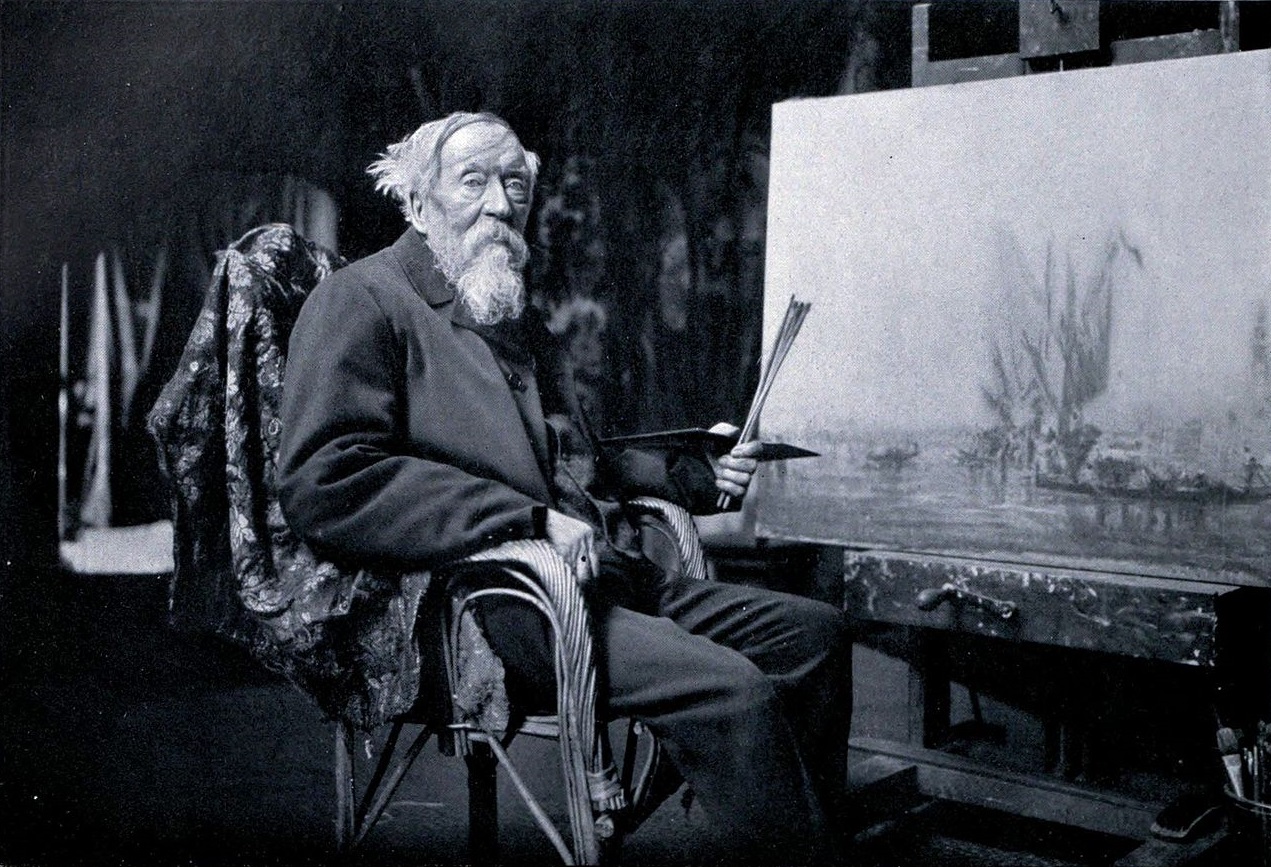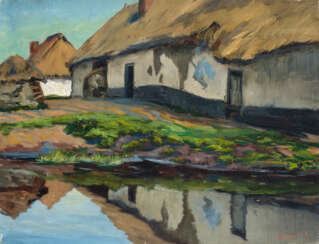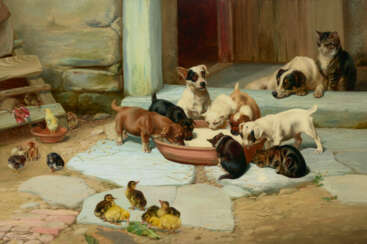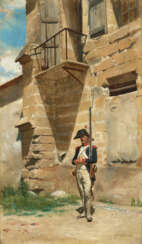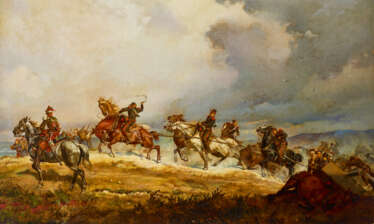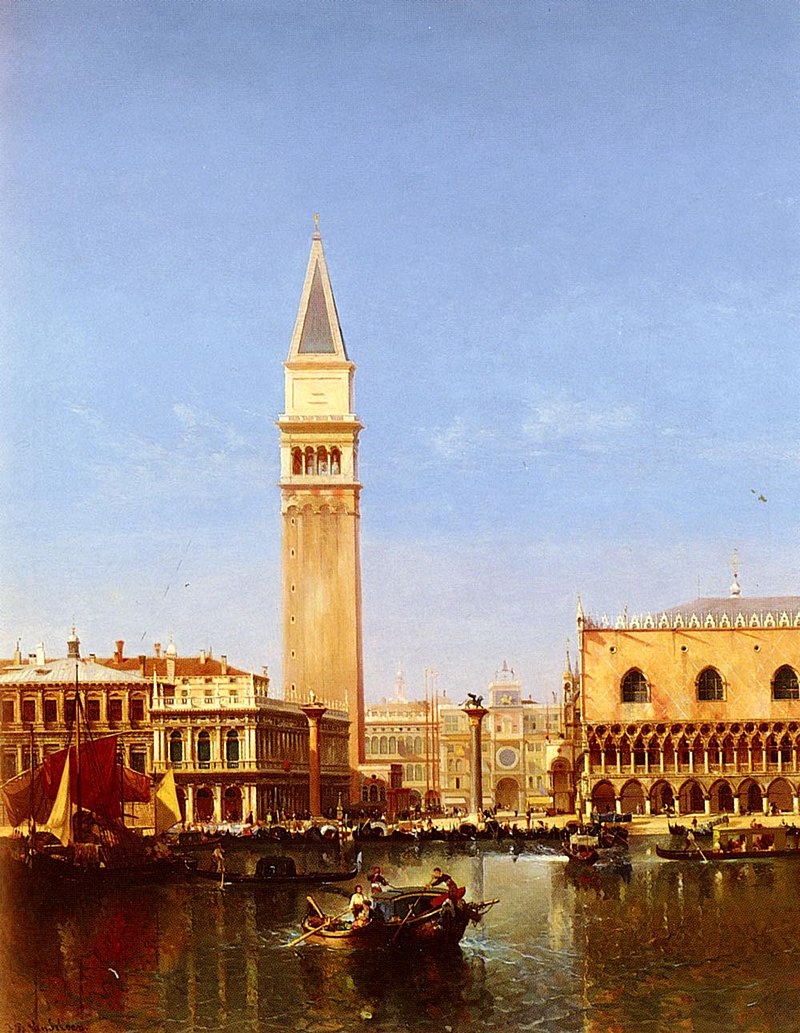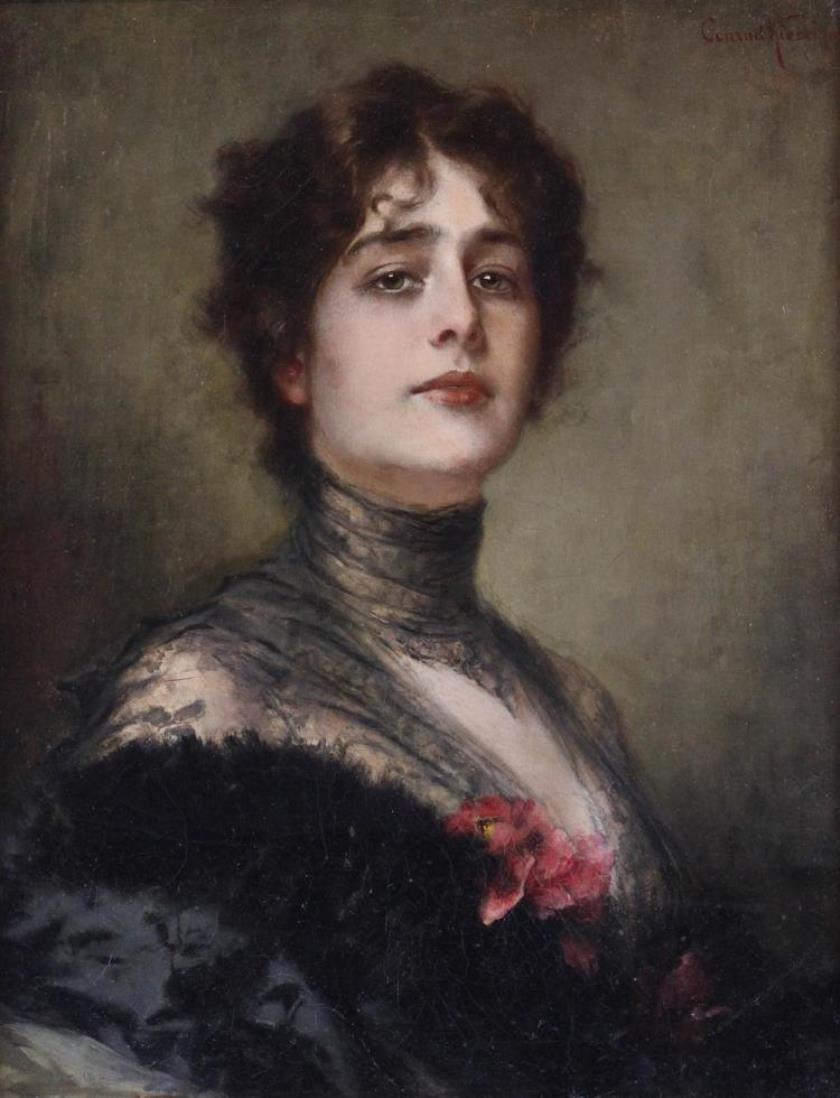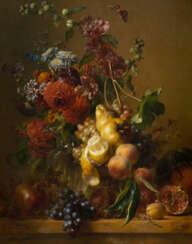
Paintings — European Art
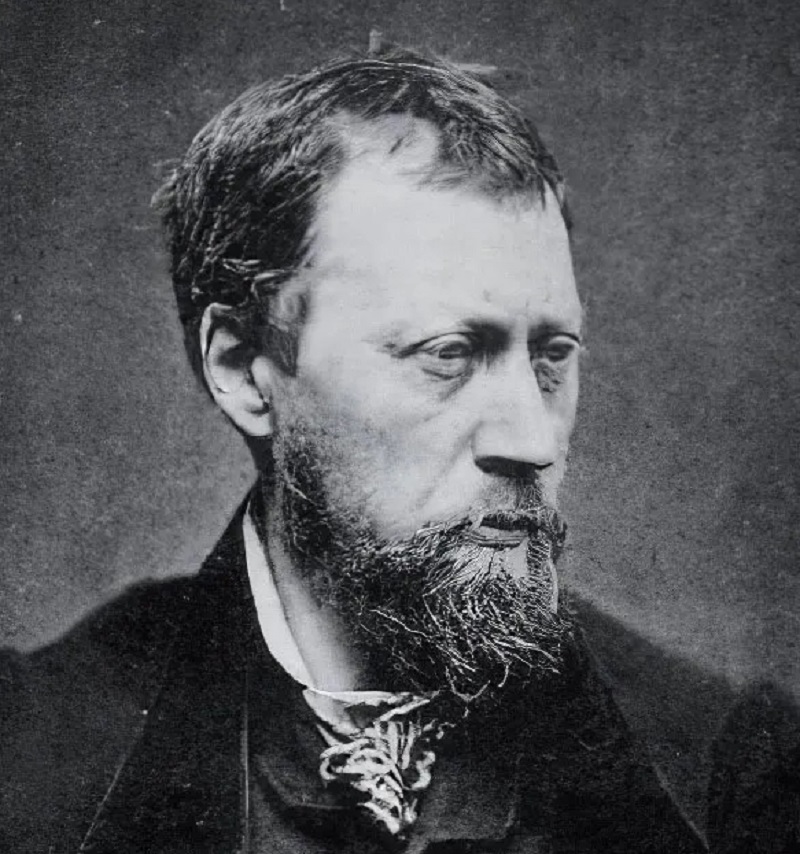
Johan Barthold Jongkind was a Dutch painter and printmaker. He painted marine landscapes in a free manner and is regarded as a forerunner of Impressionism.
Jongkind's most frequent subject was the marine landscape, which he painted both in the Netherlands and in France. Many of his works depict the Seine, particularly the area near Notre-Dame Cathedral. He painted watercolors out-of-doors, and used them as sketches for oil paintings made in his studio. His paintings are characterized by vigorous brushwork and strong contrasts. Like the 17th-century Dutch landscape painters of the Golden Age of Dutch painting, he typically composed his landscapes with a low horizon, allowing the sky to dominate.
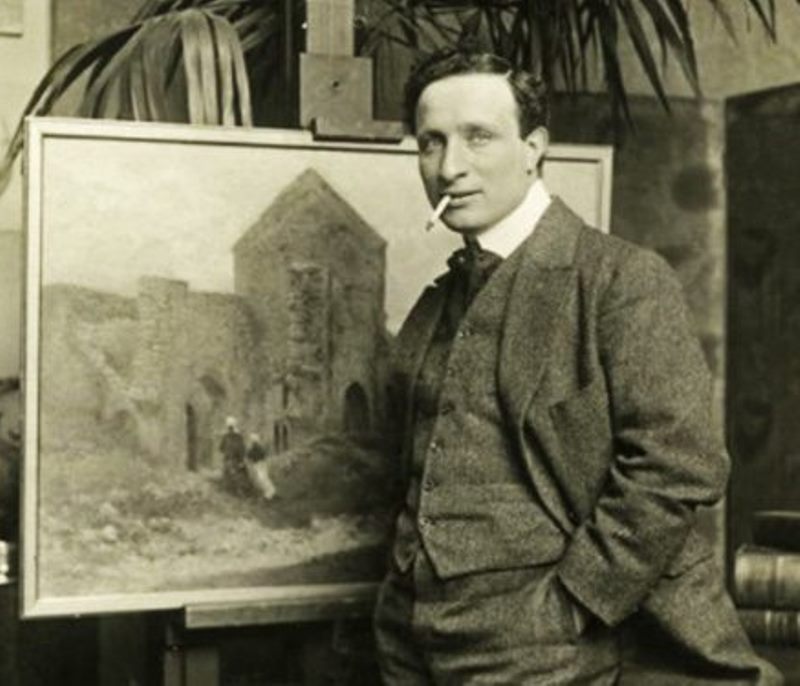
Charles Garabed Atamian is a French artist of Armenian origin born in Turkey.
He studied for a time at the Academy of Fine Arts in Venice, then worked as chief designer at a porcelain factory in Istanbul. In 1894, Atamian worked with a team of artists to decorate the new palace of Sultan Abdul-Hamid Il in Yildiz, on the European side of the Bosphorus. He designed, among other things, the patterns for the ceramic tiles of the palace walls.
In 1897, Atamian emigrated to France and began illustrating books and magazines, as well as working on sets for several Parisian theaters. Since 1903 Atamian participated in various exhibitions with unquestionable success. He painted landscapes, sea and beach scenes with children (including some 200 paintings at Saint-Gilles in the Vendée, where he resided each year during the summer months from 1923 to 1939). Throughout his career he was a fine portrait painter. He became a member of the National Society of Artists in 1927.
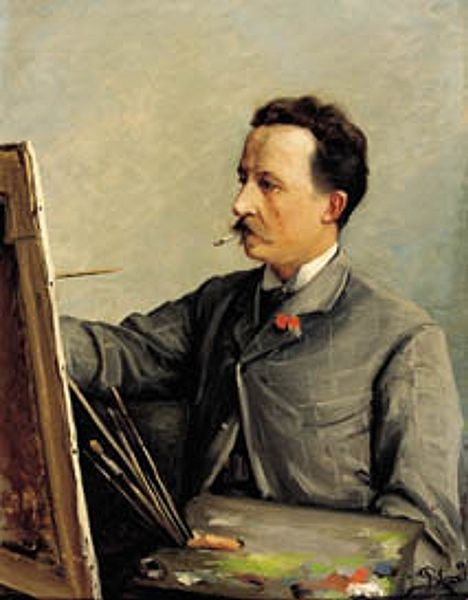
Peder Mork Monsted (Danish: Peder Mørk Mønsted) was a Danish realist painter, representative of the Golden Age of Danish painting.
Monsted studied at the Royal Academy of Fine Arts and gradually developed his own style of academic naturalism, almost photorealistic. During his long career, P. Monsted traveled extensively, often visiting Switzerland, Italy, North Africa, Greece, where he was a guest of the royal family and for a year painted their portraits.
Favorite themes of the artist were Danish landscapes - snowy winter or summer landscapes with boats on the water, forest. From the beginning of the XX century and until his death P. Monsted was one of the most popular and wealthy artists. He was especially popular in Germany among the Munich public.
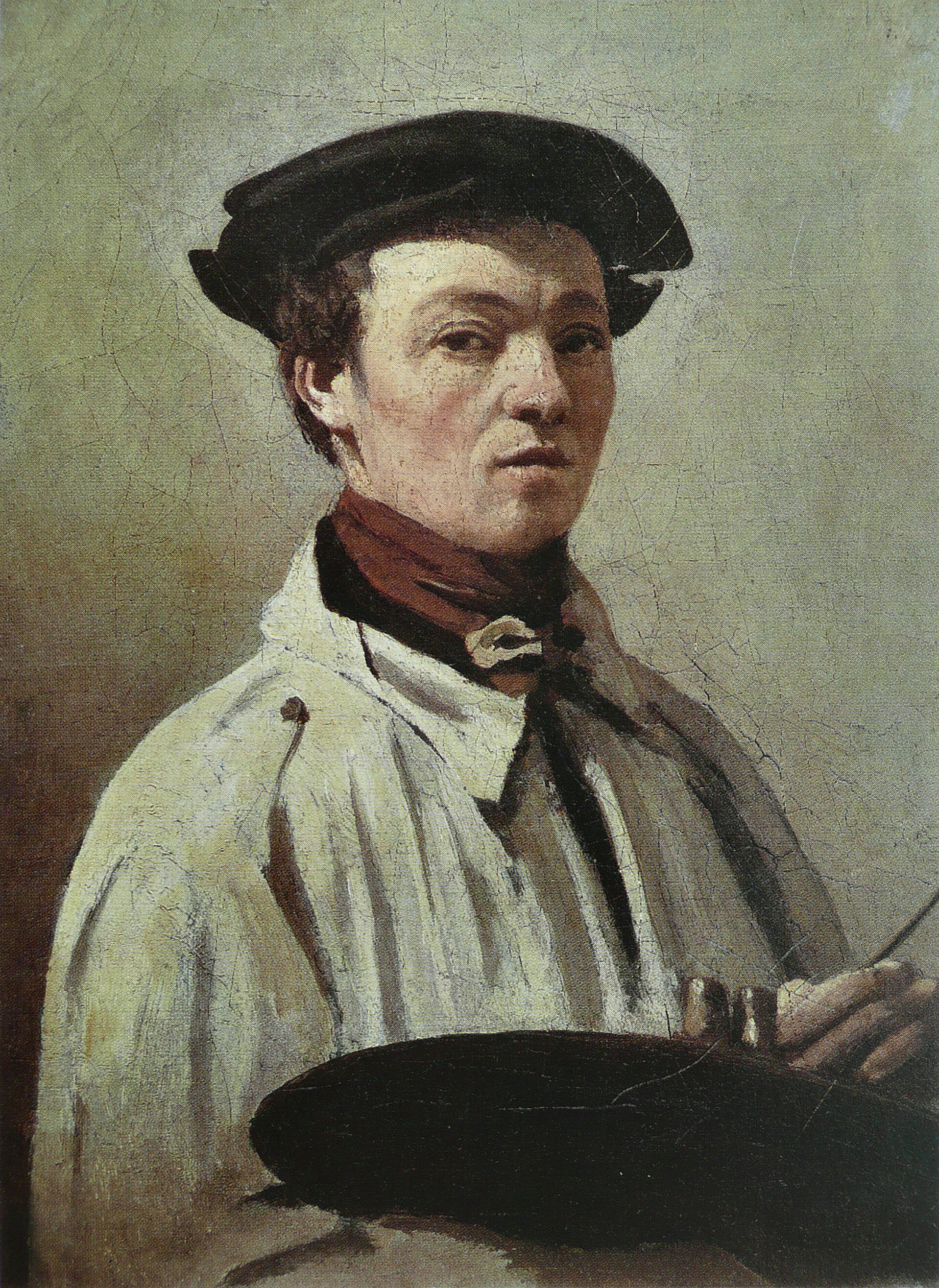
Jean-Baptiste-Camille Corot was a French landscape and portrait painter as well as a printmaker in etching. He is a pivotal figure in landscape painting and his vast output simultaneously referenced the Neo-Classical tradition and anticipated the plein-air innovations of Impressionism.
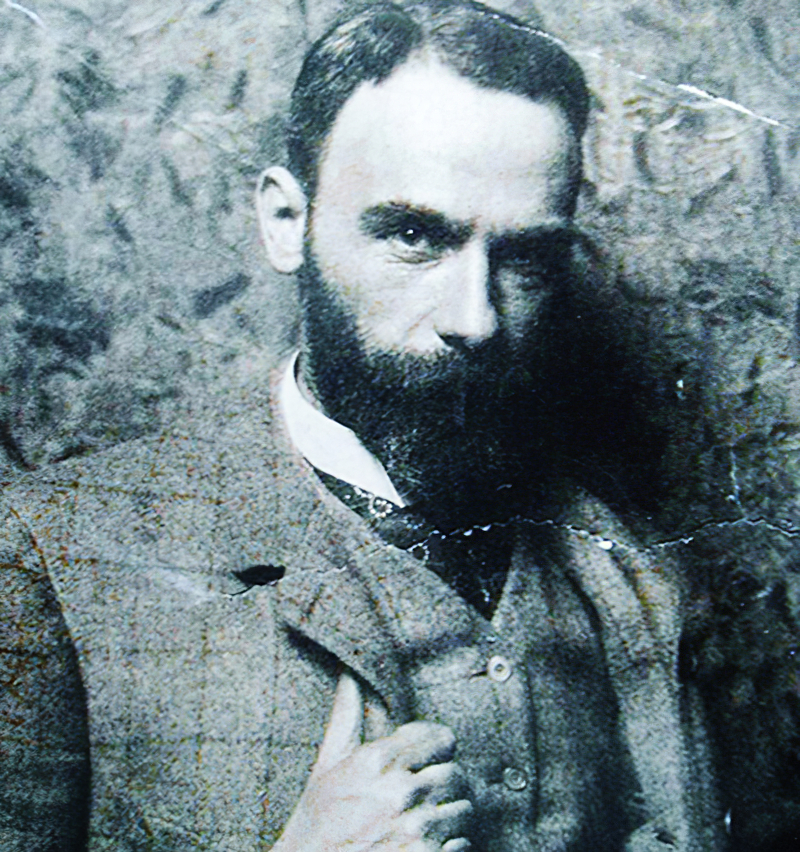
John William Waterhouse was an English painter known for working first in the Academic style and for then embracing the Pre-Raphaelite Brotherhood's style and subject matter. His artworks were known for their depictions of women from both ancient Greek mythology and Arthurian legend.
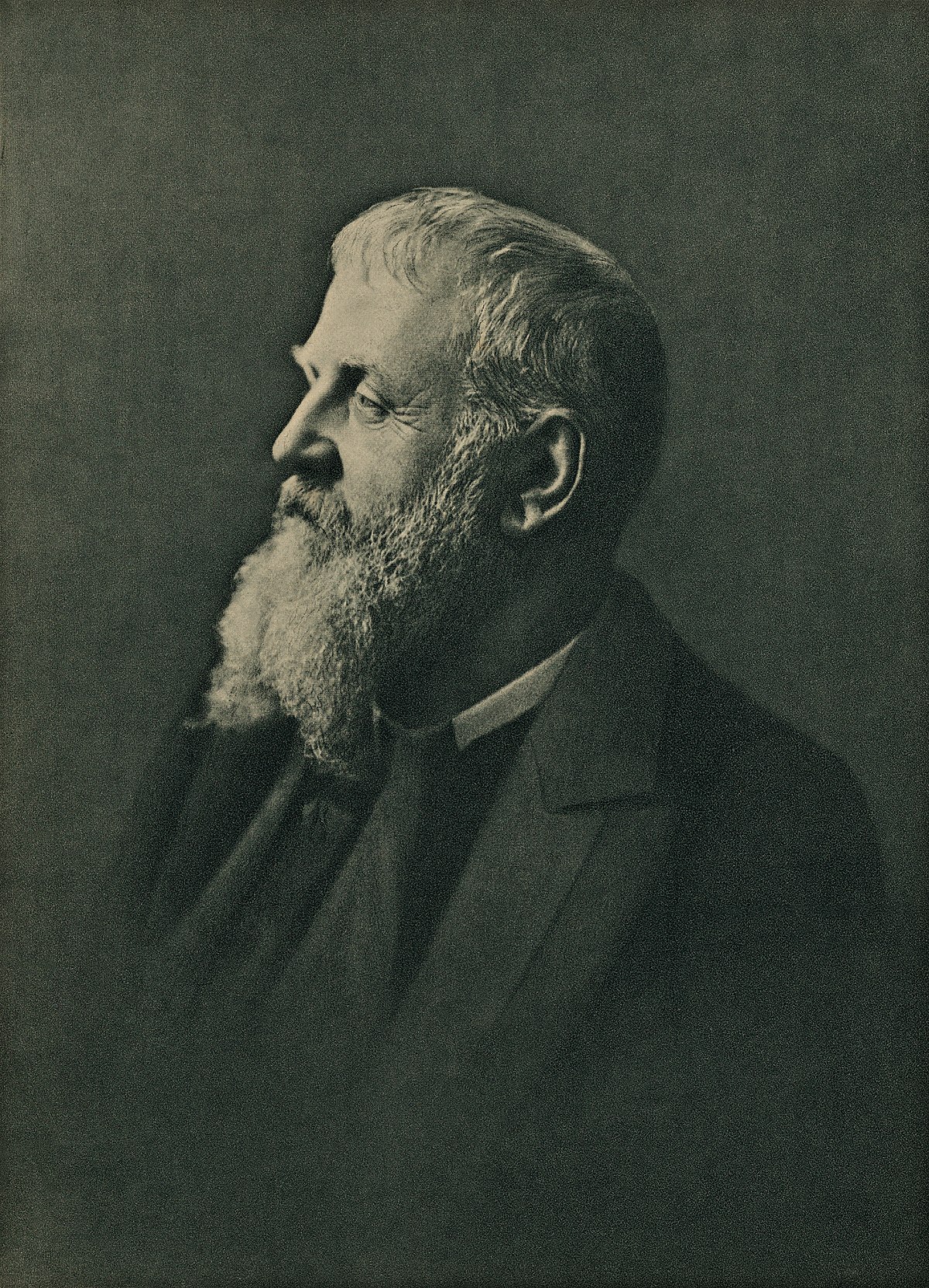
Johan Frederik Thaulov was a Norwegian painter known for his landscapes, cityscapes, and genre scenes. He studied at the Royal Danish Academy of Fine Arts in Copenhagen, where he was influenced by the Danish Realist painters. He also studied in Karlsruhe, Germany and Paris, France, where he was exposed to French Impressionism.
Thaulov's style was characterized by loose brushwork, a sensitive use of color, and an ability to capture the effects of light and atmosphere. He was particularly skilled at depicting water, whether it was the calm surface of a river or the choppy waves of the sea.
Thaulov was a prolific artist, and he traveled extensively throughout Europe, painting scenes from Norway, France, Italy, and England, among other places. He was a member of many important art societies, including the Royal Norwegian Society of Fine Arts and the Société Nationale des Beaux-Arts in Paris.
Thaulov's work was widely exhibited during his lifetime, and his paintings are now included in many important collections, including the National Museum of Art, Architecture and Design in Oslo and the Musée d'Orsay in Paris.

Carolus-Duran, real name Charles Emile Auguste Durant was a French painter, a representative of the academic school. He was a prominent figure in the art world of the late 19th century and is known for his contribution to the development of the realist movement.
Carolus-Duran's paintings often depicted scenes from everyday life, historical moments and portraits. His attention to detail and skilful use of light and colour brought the subjects on the canvas to life. Carolyus-Duran's works reflected a sense of realism and conveyed the essence of the human experience.
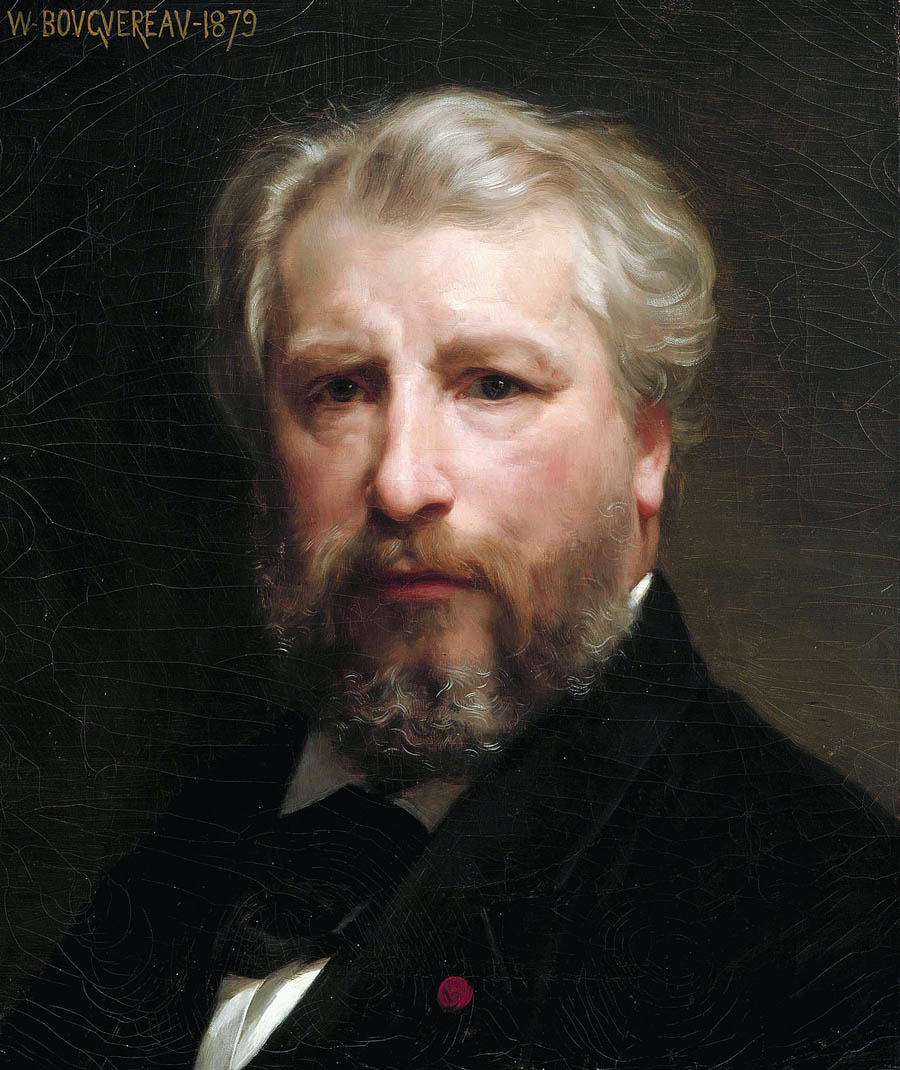
William-Adolphe Bouguereau was a French academic painter. In his realistic genre paintings, he used mythological themes, making modern interpretations of classical subjects, with an emphasis on the female human body. During his life, he enjoyed significant popularity in France and the United States, was given numerous official honors, and received top prices for his work. As the quintessential salon painter of his generation, he was reviled by the Impressionist avant-garde. By the early twentieth century, Bouguereau and his art fell out of favor with the public, due in part to changing tastes. In the 1980s, a revival of interest in figure painting led to a rediscovery of Bouguereau and his work. He finished 822 known paintings, but the whereabouts of many are still unknown.
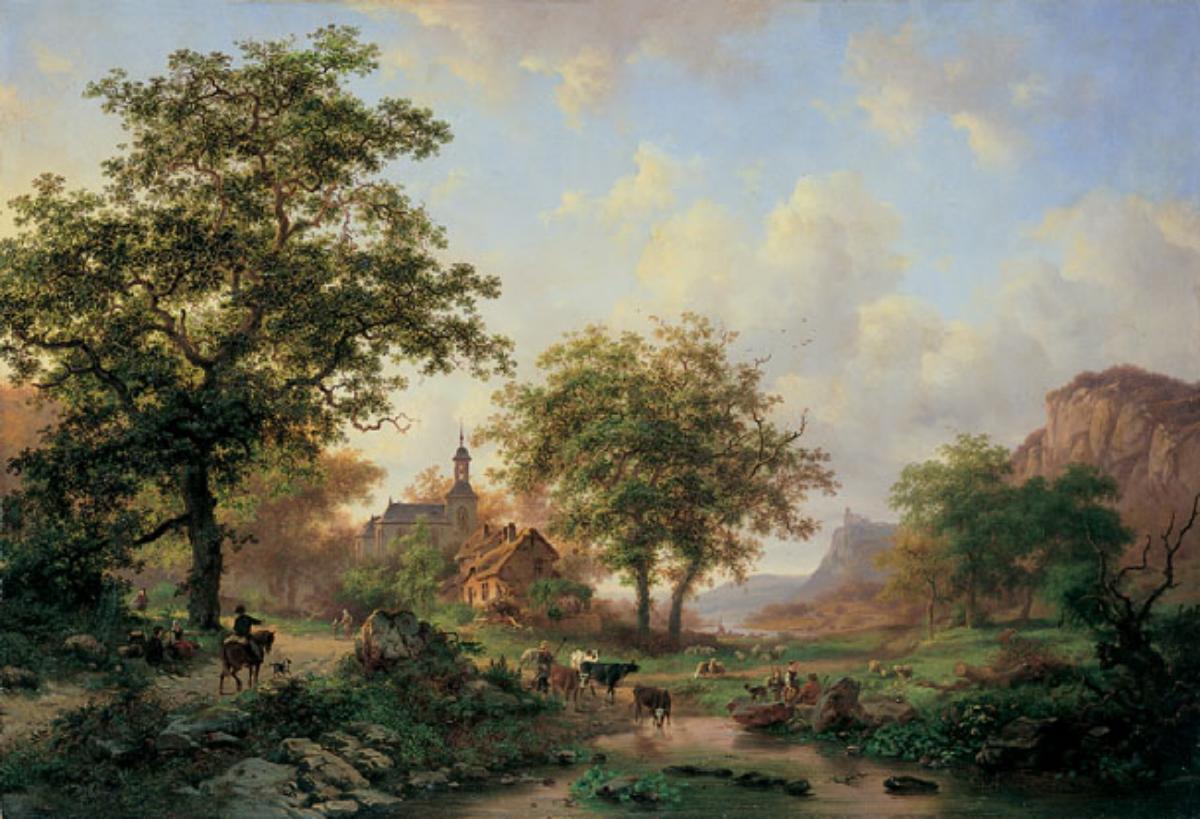
Fredrik Marinus Kruseman was a Dutch painter who specialized in Romantic style landscapes. He received his first drawing lessons from Jan Reekers and attended the Vocational School in Haarlem from 1832 to 1833. That year, he began to study painting with Nicolaas Johannes Roosenboom and, in 1835, moved to the Gooi, where he took advanced studies with Jan van Ravenswaay. He also studied briefly with the landscape painter, Barend Cornelis Koekkoek. In his output of approximately 300 to 350 paintings, only three still-lifes are known and the rest are landscapes. He also made a large number of drawings.
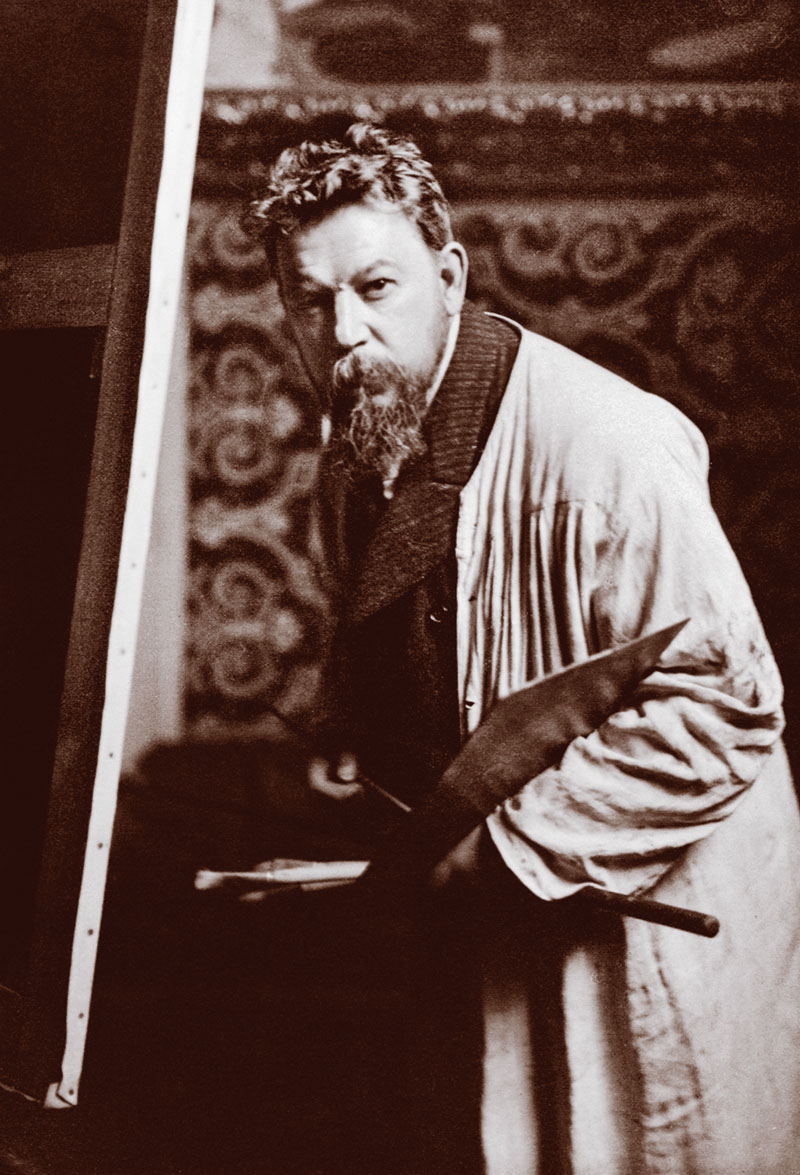
Joaquín Sorolla y Bastida, a Spanish painter, was celebrated for his adept portrayal of light and water, alongside capturing the vividness of Spanish life. Born in Valencia in 1863, Sorolla showcased a profound talent in the arts from a young age, which was nurtured despite his orphan status. He studied art extensively within Spain and abroad, notably in Rome and Paris, bringing a broad perspective to his work that blended traditional and modernist elements.
Sorolla's career took a significant turn with the exhibition of "Sad Inheritance," a piece highlighting the plight of children affected by disease in Valencia. This painting not only won him the Grand Prix at the Universal Exhibition in Paris in 1900 but also solidified his reputation internationally, marking him as a pioneer of Spanish Impressionism. His mastery over portraying light, particularly the luminous beaches of Valencia, drew parallels with Impressionism, earning him acclaim and comparison with contemporaries like Monet and Sargent.
Despite his initial success with darker themes, as seen in "Another Marguerite," Sorolla's later works were known for their vibrant colors and light, showcasing his evolution as an artist. He was particularly drawn to beach scenes, which became some of his most beloved subjects. His contributions to art were recognized through numerous awards and his works are cherished in collections worldwide.
For those interested in the rich tapestry of Spanish culture and art, Sorolla's works offer a captivating glimpse into the country's landscape and society at the turn of the 20th century. His ability to capture the ephemeral qualities of light and movement set him apart as a unique figure in art history.
If Joaquín Sorolla y Bastida's art captivates you, sign up for updates to stay informed about new product sales and auction events related to this magnificent artist. This subscription ensures you're always in the loop regarding Sorolla's legacy and the ongoing celebration of his work in the art world.

Joaquín Sorolla y Bastida, a Spanish painter, was celebrated for his adept portrayal of light and water, alongside capturing the vividness of Spanish life. Born in Valencia in 1863, Sorolla showcased a profound talent in the arts from a young age, which was nurtured despite his orphan status. He studied art extensively within Spain and abroad, notably in Rome and Paris, bringing a broad perspective to his work that blended traditional and modernist elements.
Sorolla's career took a significant turn with the exhibition of "Sad Inheritance," a piece highlighting the plight of children affected by disease in Valencia. This painting not only won him the Grand Prix at the Universal Exhibition in Paris in 1900 but also solidified his reputation internationally, marking him as a pioneer of Spanish Impressionism. His mastery over portraying light, particularly the luminous beaches of Valencia, drew parallels with Impressionism, earning him acclaim and comparison with contemporaries like Monet and Sargent.
Despite his initial success with darker themes, as seen in "Another Marguerite," Sorolla's later works were known for their vibrant colors and light, showcasing his evolution as an artist. He was particularly drawn to beach scenes, which became some of his most beloved subjects. His contributions to art were recognized through numerous awards and his works are cherished in collections worldwide.
For those interested in the rich tapestry of Spanish culture and art, Sorolla's works offer a captivating glimpse into the country's landscape and society at the turn of the 20th century. His ability to capture the ephemeral qualities of light and movement set him apart as a unique figure in art history.
If Joaquín Sorolla y Bastida's art captivates you, sign up for updates to stay informed about new product sales and auction events related to this magnificent artist. This subscription ensures you're always in the loop regarding Sorolla's legacy and the ongoing celebration of his work in the art world.
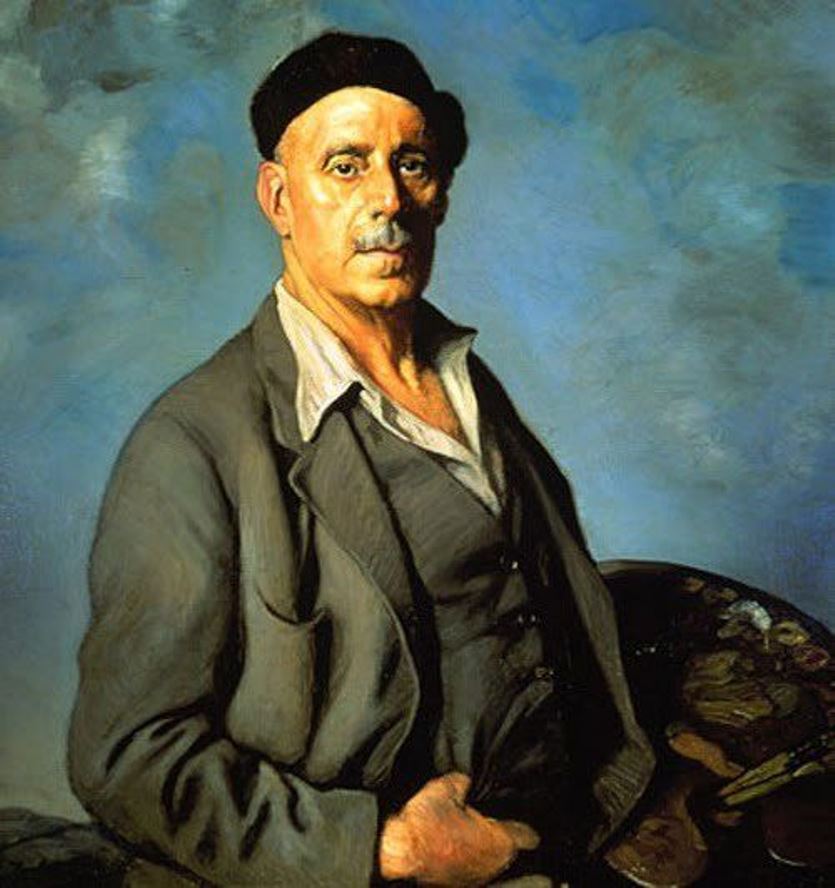
Ignacio Zuloaga Zabaleta was a Spanish painter.
At the age of 18, Ignacio came to Paris, first attending the Free Academy and then the Academy of La Palette, becoming acquainted with the leading Impressionist painters. Over time, Zuloaga developed a style based on the realist Spanish tradition and in the characteristic gloomy style inherited from Ribera and Goya, wrote bullfighters and flamenco dancers. He was generally a great admirer of bullfighting and often depicted it, as well as Spanish landscapes, domestic scenes and portraits.
In 1893, Zuloaga, along with other young Basque society members, founded the Curding Club, also known as The Desk, in Bilbao. In April 1895, the Paris gallery Le Barc de Bouteville exhibited six of his works painted in Andalusia, where the artist enjoyed living and working very much. His painting changed, and Ignacio Zuloaga's paintings reflecting a cheerful, folkloric Spain attracted critical acclaim.
During his career, Zuloaga received various awards and honors both nationally and internationally. Critics in Paris called him "the last great master of the Spanish school of painting".
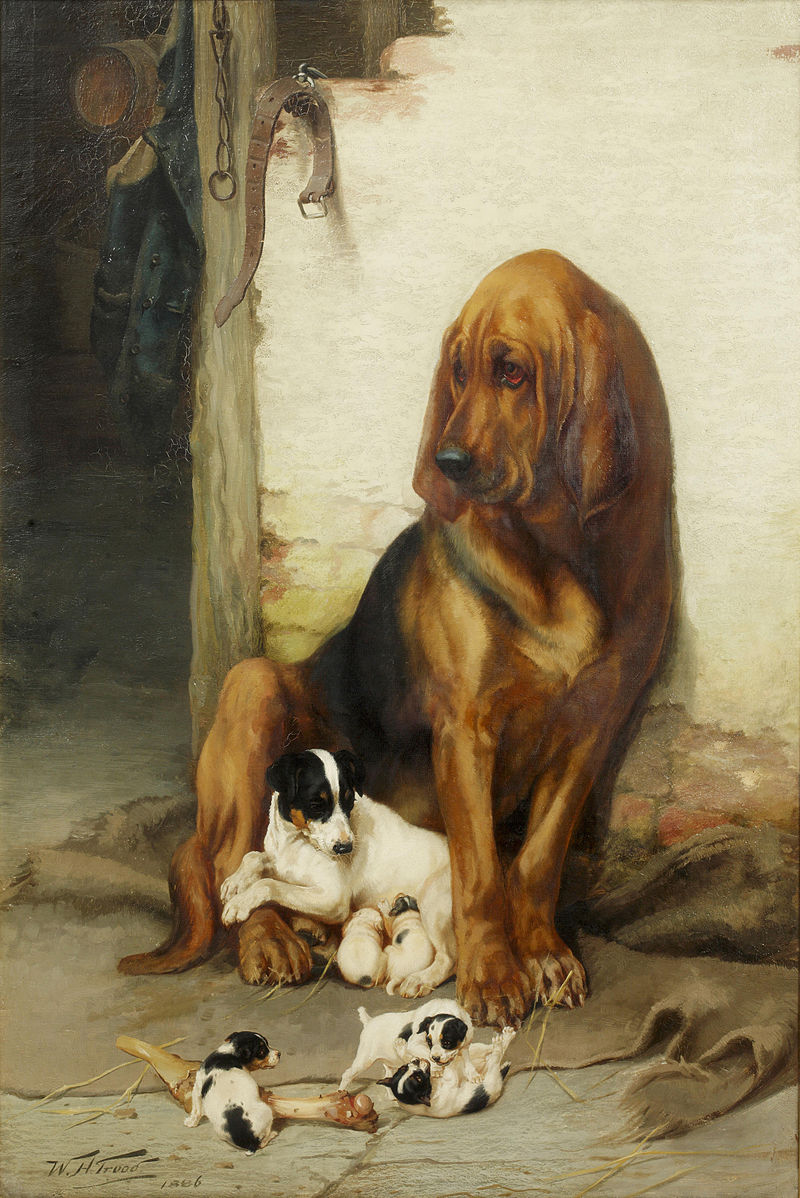
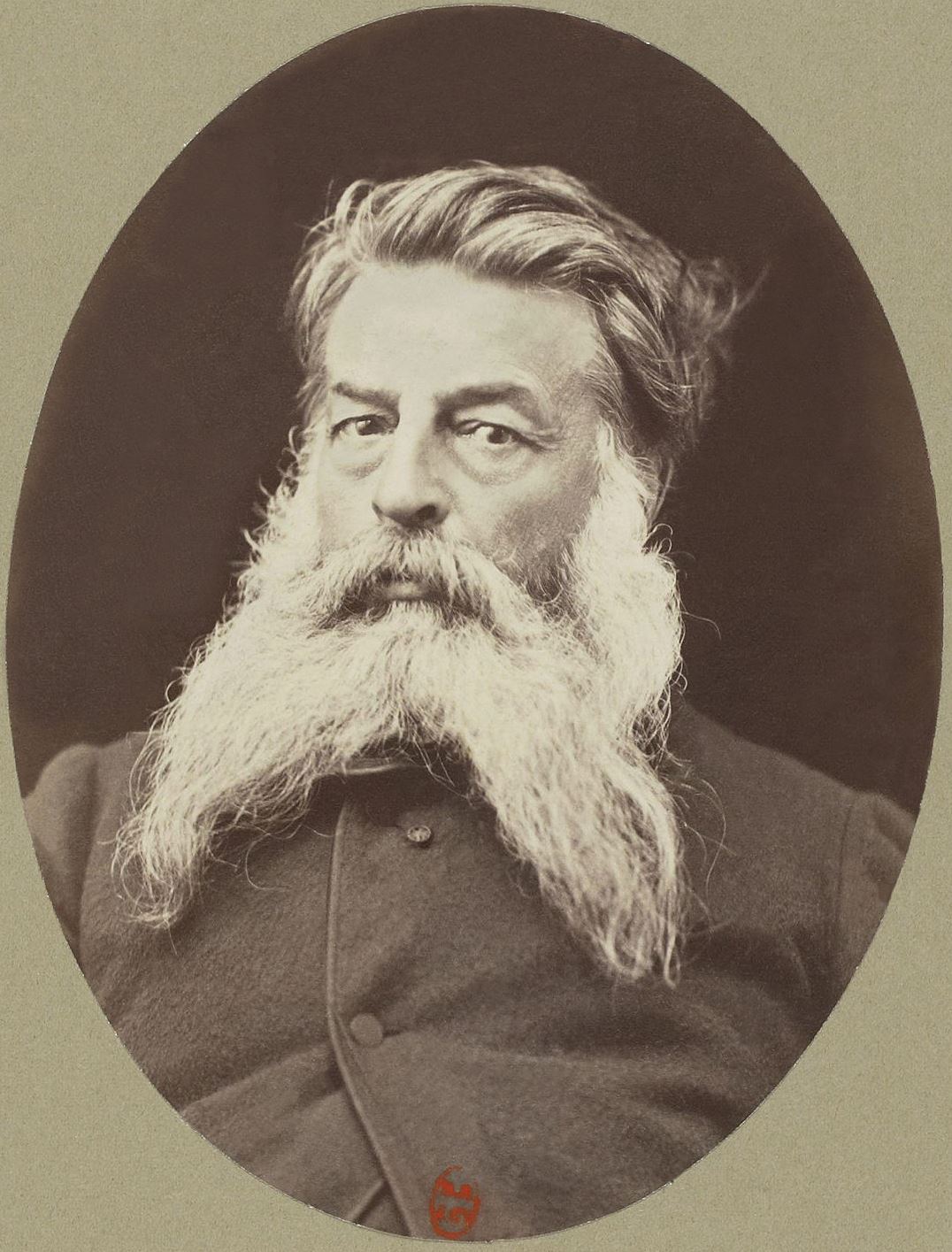
Jean-Louis-Ernest Meissonier was a 19th-century French artist. He was one of the most sought-after and highly paid artists of France of his era.
Ernest Meissonier is known as a major master of historical painting as well as of the genre of life and portraiture. He was also a sought-after sculptor, printmaker, and book illustrator.
Meissonier's work was highly valued by his contemporaries, and his paintings were very popular with the public, and their value often ran into hundreds of thousands of francs. Ernest Meissonier had authority in the French artistic community, so he often headed the jury at national and international exhibitions.

Ignacio Zuloaga Zabaleta was a Spanish painter.
At the age of 18, Ignacio came to Paris, first attending the Free Academy and then the Academy of La Palette, becoming acquainted with the leading Impressionist painters. Over time, Zuloaga developed a style based on the realist Spanish tradition and in the characteristic gloomy style inherited from Ribera and Goya, wrote bullfighters and flamenco dancers. He was generally a great admirer of bullfighting and often depicted it, as well as Spanish landscapes, domestic scenes and portraits.
In 1893, Zuloaga, along with other young Basque society members, founded the Curding Club, also known as The Desk, in Bilbao. In April 1895, the Paris gallery Le Barc de Bouteville exhibited six of his works painted in Andalusia, where the artist enjoyed living and working very much. His painting changed, and Ignacio Zuloaga's paintings reflecting a cheerful, folkloric Spain attracted critical acclaim.
During his career, Zuloaga received various awards and honors both nationally and internationally. Critics in Paris called him "the last great master of the Spanish school of painting".
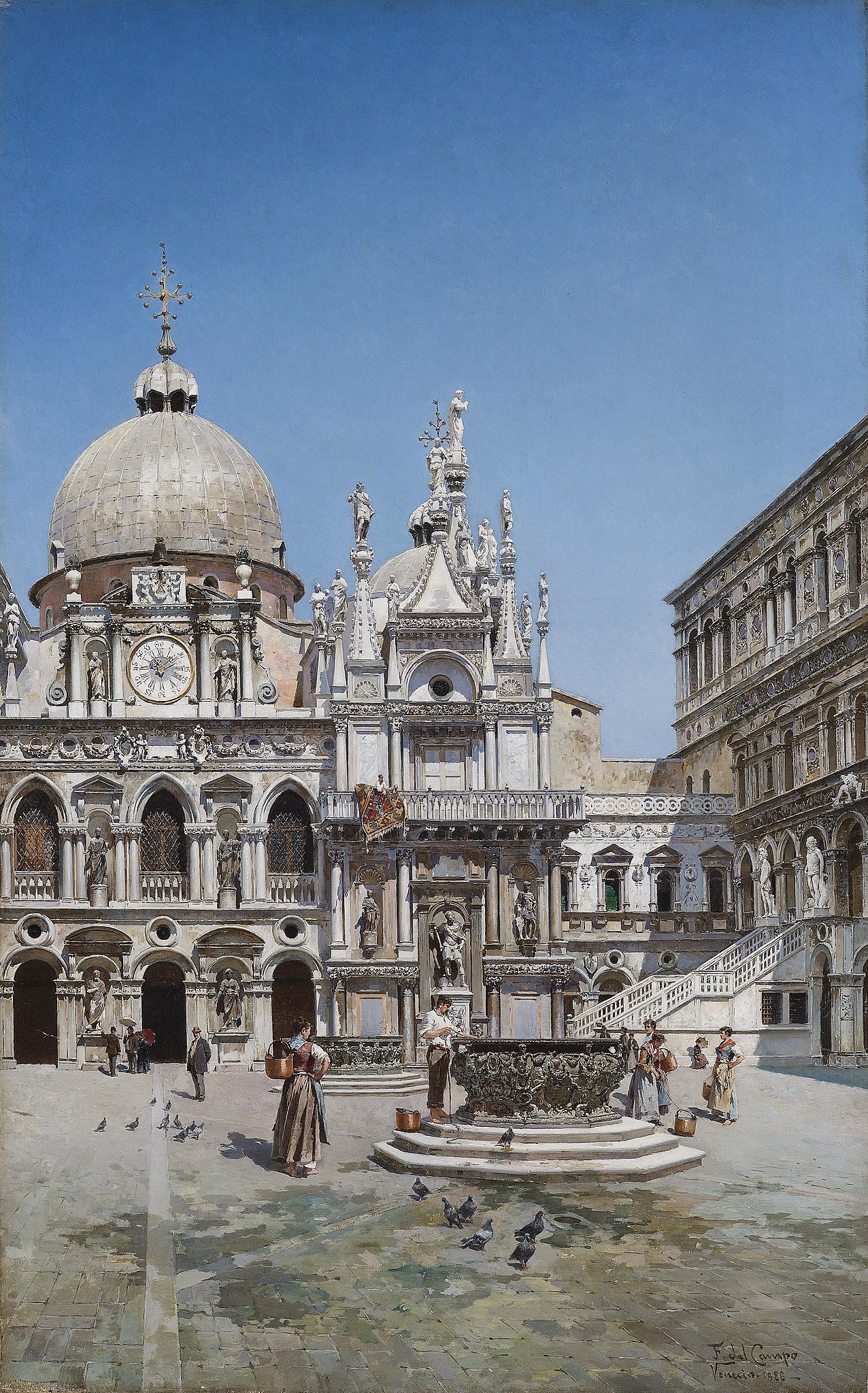
Federico del Campo was a Peruvian painter who was active in Venice where he was one of the leading vedute painters of the 19th century. Demand for his views, particularly from English tourists was so strong that he painted several views multiple times.
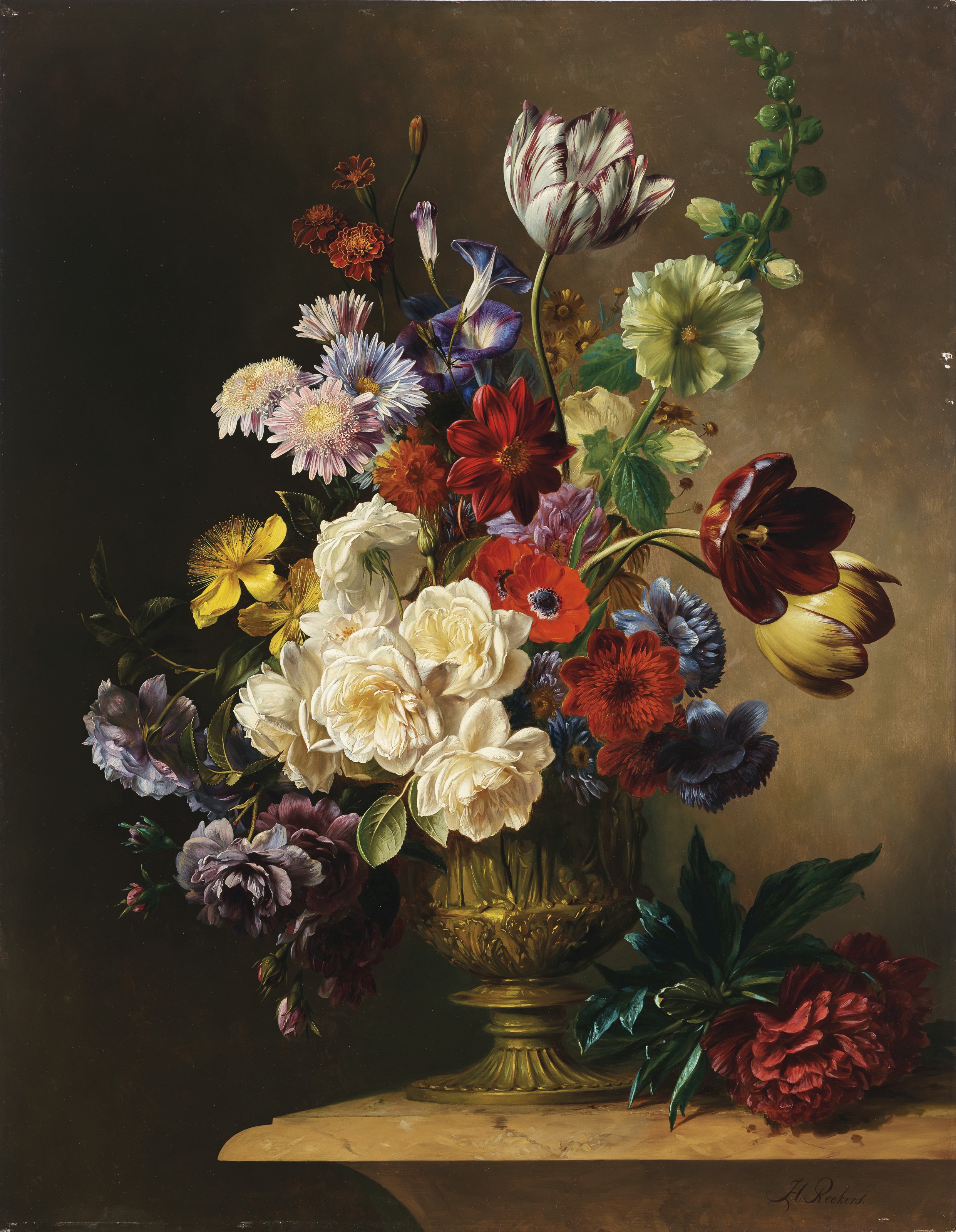
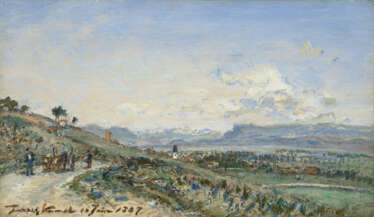

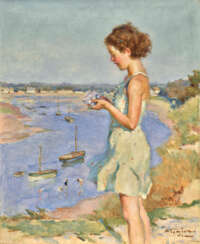

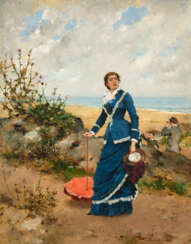


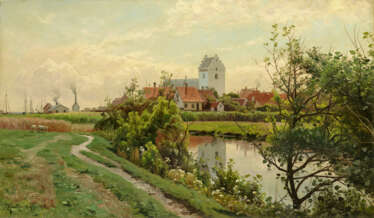

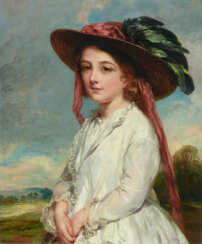

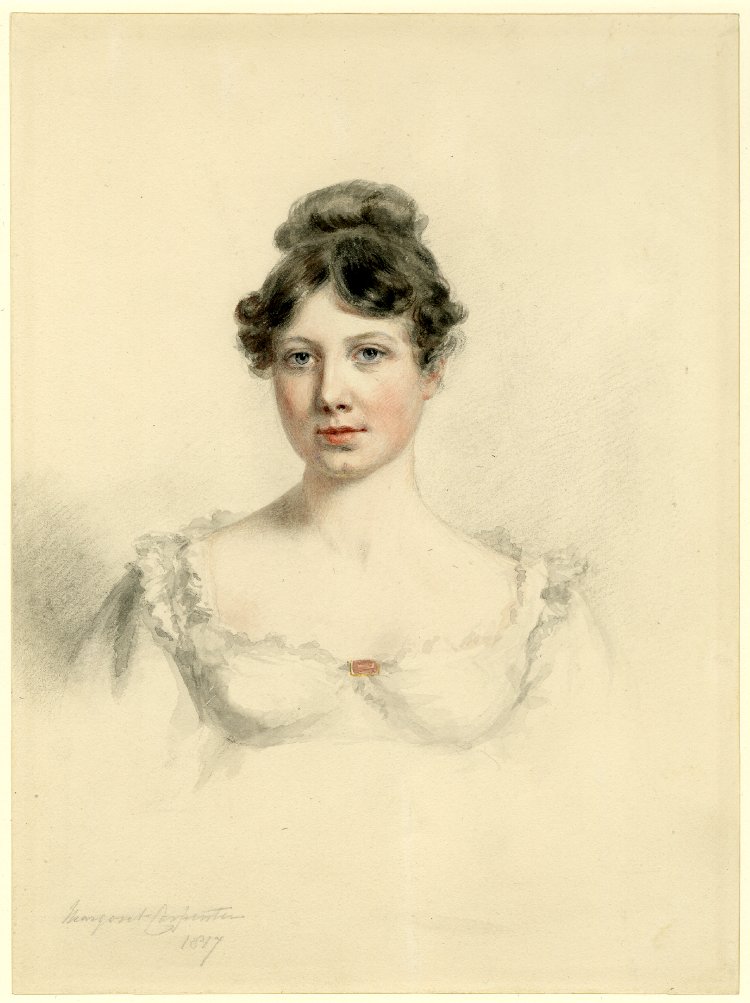
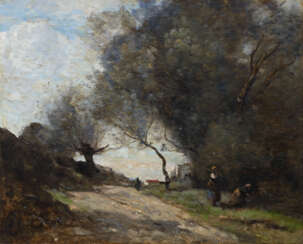

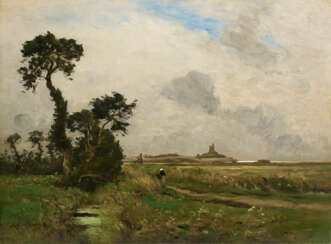

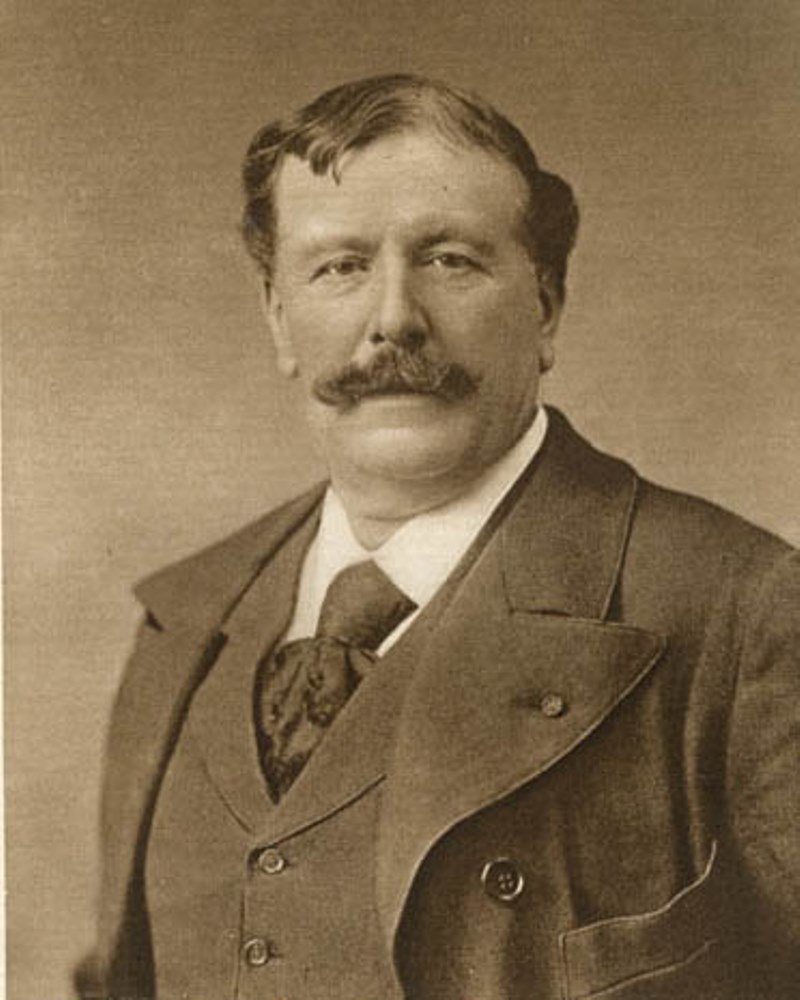
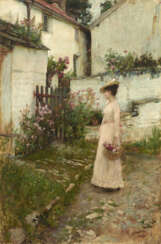

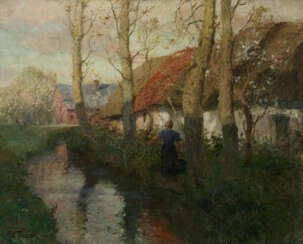

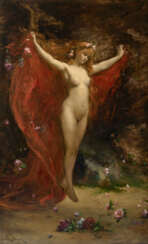

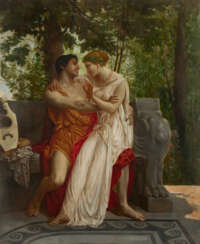

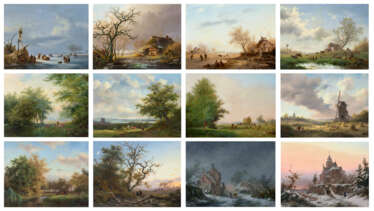

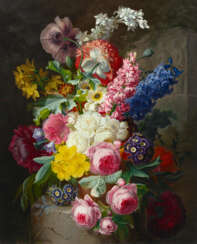

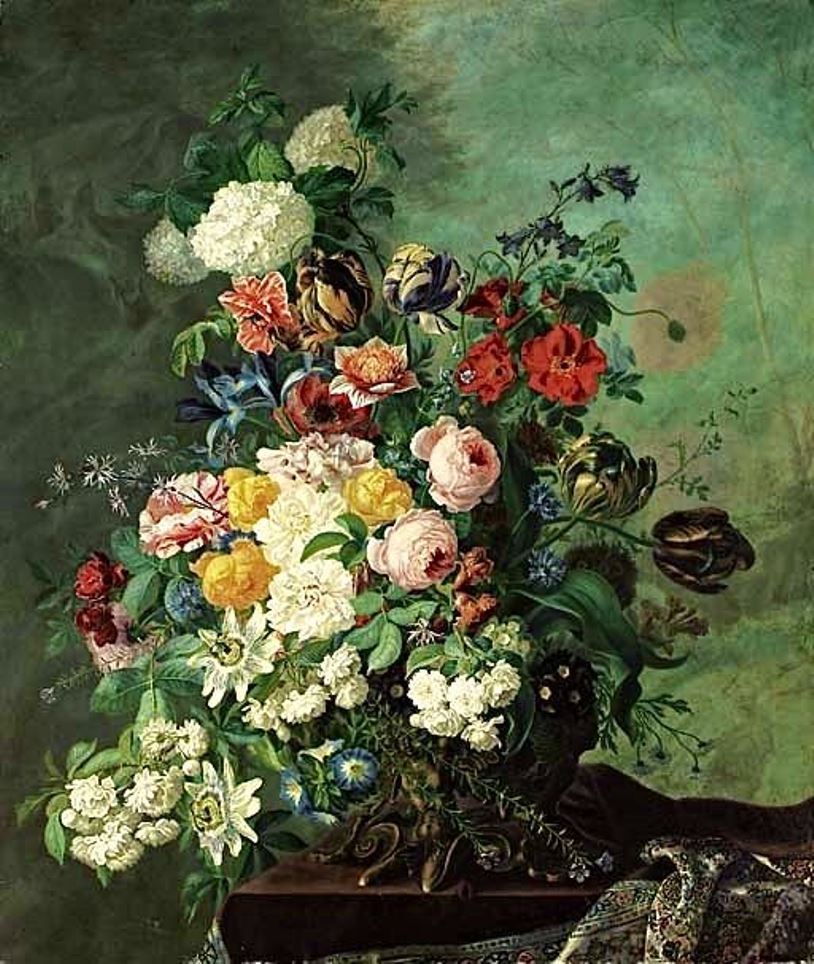
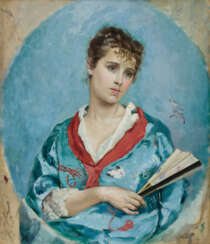


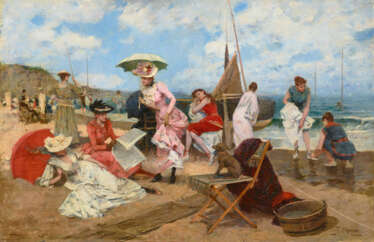

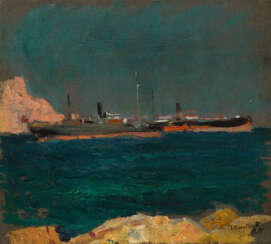

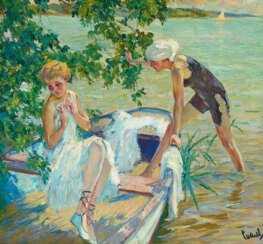

-VIL_WiKi.jpg)
